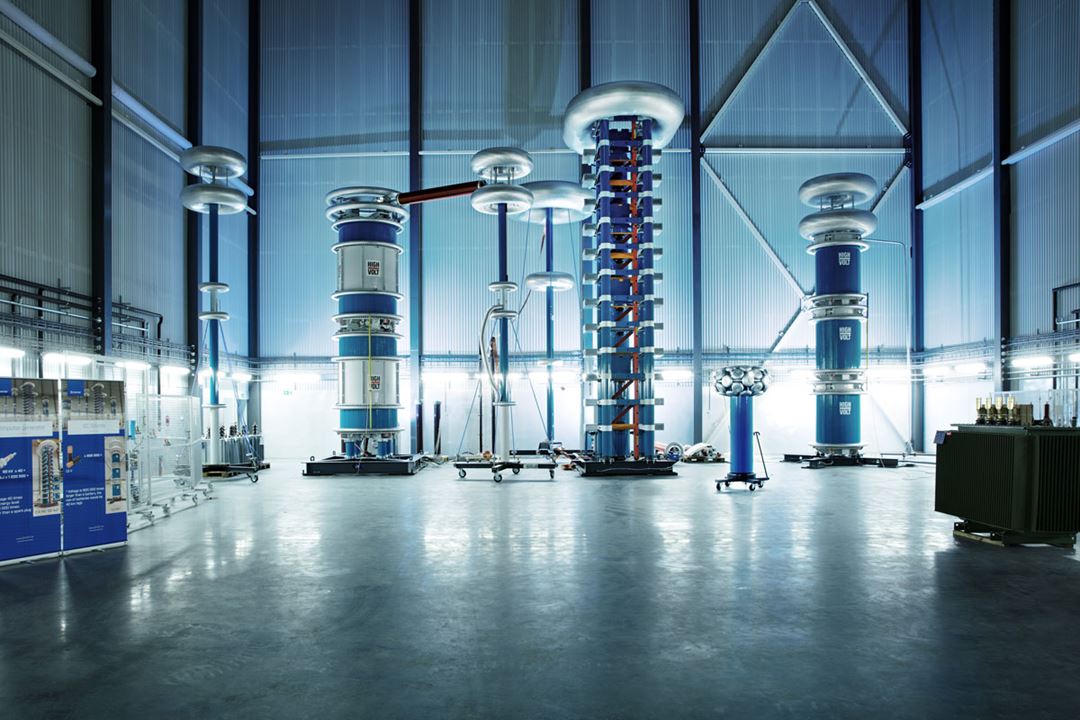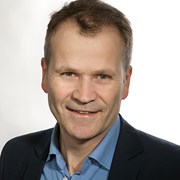The development of SF6-free switchgear is becoming increasingly important. SF6 (sulphur hexafluoride) is the most potent greenhouse gas: 24 300 times worse than CO2.
“There is a technology gap here that requires attention, and it's fortunate that we've secured funding for research in this area," says Atle Pedersen, the leader of the new EU project and research manager at SINTEF Energy.
"To achieve the widespread electrification necessary for reducing global greenhouse gas emissions, we must enhance our systems to efficiently connect and transfer more renewable energy into the power grid, particularly from offshore wind sources."
EU project MISSION is an Innovation Action co-funded by the European Union through Horizon Europe.
Need for more power - and transmission grids
One of the few remaining applications for SF6 is as insulating and arc-quenching gas in switchgear in transmission grids. SF6 represents a significant part of grid owners' emissions due to leakages when handling the gas or defective seals in the installations where the gas is used. The transmission grid is expected to grow because of the changes the power system is undergoing due to decarbonisation – and this requires more components like switchgear.
The grid expansion will result in a doubling of the banked volume of SF6 by 2030 if executed with traditional technology. However, revised F-gas regulations have set end dates for the use of SF6 in new switchgear in Europe: 2026 (up to 24 kV) and 2032 (over 145 kV). This is forcing grid operators to look for replacement technologies while expanding their grids.
Long distances
Between 2020 and 2030, European electric power generation is expected to increase by 25 to 30 %. This new energy production will mainly come from renewable sources, such as offshore wind and solar-photovoltaic energy, which are often located in remote areas.
With DC (direct current) the electricity flows in one direction, and the voltage is constant, while in AC (alternating current) both the direction of the current and the voltage constantly change. These variations lead to energy losses over longer distances.
“There is a need to shift towards more HVDC connections and, eventually, develop an HVDC grid, to prevent significant reactive losses during long-distance AC transmission of this renewable energy,” says Pedersen.
The HVDC gas-insulated switchgear in MISSION will reduce the footprint of the offshore installations that will collect and export energy from offshore wind, compared to conventional air-insulated switchgear.

Innovations
Through research, innovation and demonstration, the MISSION project aims at developing:
- The world's first SF6-free 420 kV air-insulated circuit breaker with vacuum technology for high-power HVAC. This will be demonstrated in two operational grids under extreme climate conditions: in Norway and France.
- A compact SF6-free 550 kV HVDC gas-insulated switchgear for offshore application, using N2/O2. Its footprint will be around 90 % smaller compared to AIS. This solution will be type-tested and demonstrated in a long-term pilot in Germany.
- A compact, reliable, and cost-effective ultra-fast SF6-free 12 kV MVDC air-insulated circuit breaker for future MVDC grids (medium voltage direct current), including superconducting grids.
12 partners from 9 countries
The MISSION consortium is a strong partnership of leading industry players including switchgear manufacturers, grid operators, DC system developers and universities / research institutes. It includes 12 partners from 9 countries:
Universities and research institutes:
- SINTEF Energy Research (project lead) - Norway
- WavEC Offshore Renewables – Centio de Energia Offshore – Portugal
- The Norwegian University of Science and Technology (NTNU) – Norway
- University of Aberdeen - UK
- Swiss Federal Institute of Technology Switzerland (ETHZ) - Switzerland
Switchgear manufacturers
- Siemens Energy - Germany
- G&W Electric - Italy
Grid operators
- Statnett - Norway
- RTE - France
- 50Hertz - Germany
- Red Electrica - Spain
Superconducting DC system developers
- SuperNode Limited – Ireland



